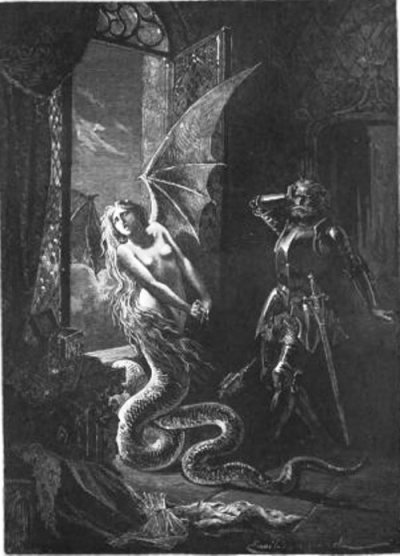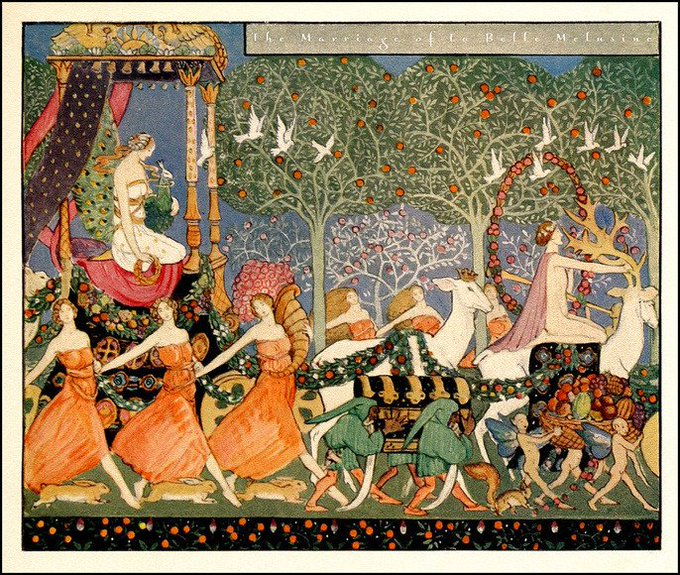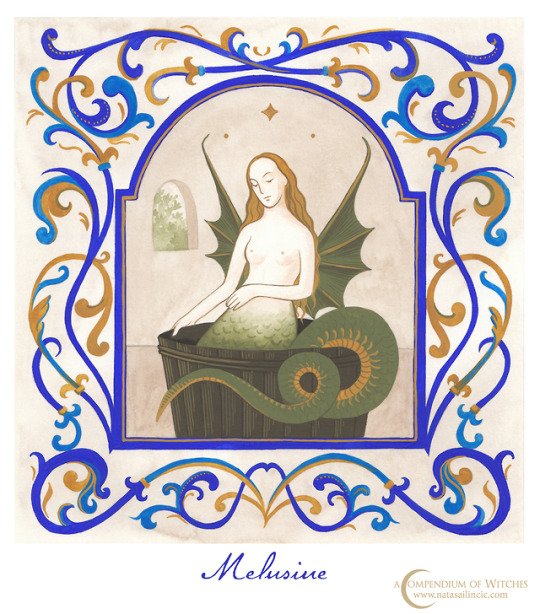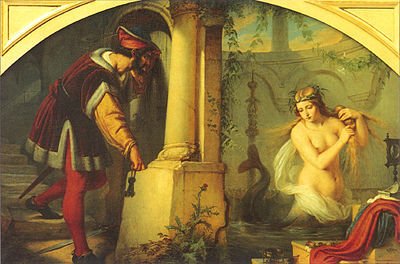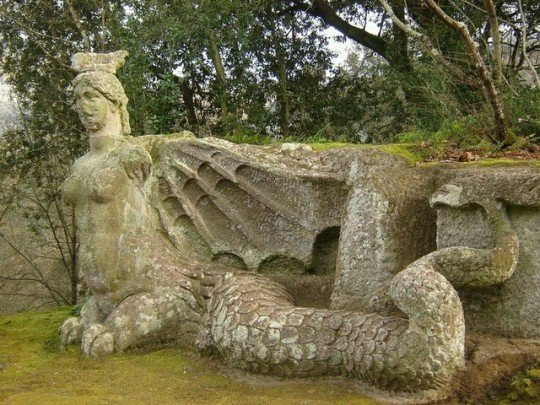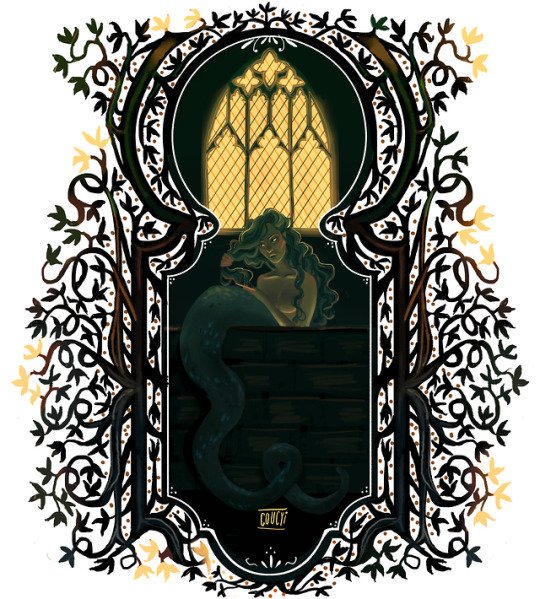Not "1001", just around 100, which is still incredibly huge, but then so is the Disney reach these days with all the recent company acquisitions of the past few years. Thursday, December 10, was Disney Investor Day so there were project announcements from every entertainment arm of the company, which includes Disney Animation, Pixar, Marvel Studios, Lucasfilm and Lucasfilm Animation, National Geographic, Disney+, 21st Century Fox, ESPN, Hulu, FX Networks, and of course, the Walt Disney Studios. All the projects are set to air over the next few years, with a good portion of them appearing in 2021.
You can read the sequential tweet-announcements that occurred over 6 hours about "the big ones" (about 50 of them) HERE, but we thought we'd list the higher-profile projects likely to be of most interest to fairy tale and folktale fans (as well as some folklore). Read, there will likely be more but these are expected to cause a buzz.
Raya and the Last Dragon - Disney Feature Animation - March 5, 2021 in theaters and Disney+ (more characters were revealed).
The Handmaid's Tale - returns for Season 4 in 2021 and has also been renewed for Season 5. (The Handmaid's Tale series makes great use of fairy tale motifs, with Red Riding Hood being the most obvious, but the last episode of last season also made heavy and effective visual references to The Pied Piper, Snow White, the Dying Swan some Hansel and Gretel, some Bluebeard, as well as the Exodus story.)
Mandolorian-adjacent series, among them: Ahsoka and Rangers of the New Republic. here are about 10 new Star Wars properties on the way which, if they're hoping to grab the same audience, will include those fairy tale doses that keep appearing in the currently-airing The Mandolorian. (Seriously: errant knight, chosen child, a quest/search, talismans, castles, even dragons - it has a lot. Be on the lookout for scholarship papers being written right now, that will prove it to you!)
Willow - a new original series, based on the film, including Warwick Davies starring. Coming 2022 to Disney+.
Children of Blood and Bone (20th Century Film & Lucasfilm) based on the best-selling novel of the same name by Tomi Adeyemi. (Quote) "This coming-of-age adventure follows a young African girl’s quest to restore magic to her forsaken people, the Maji."
Hocus Pocus 2 - a sequel to the original Halloween classic coming to Disney+.
The Little Mermaid - Disney's live-action film based on the Disney animated classic, with Halle Bailey (Ed. - NOT Halle Berry - typo corrected with apologies to the actress! 3-18-21) as Ariel, directed by Rob Marshall (production has yet to restart on this film after stopping due to Covid19, as far as we know, so the release date is currently December 2022).
Pinocchio - live-action movie, based on the Disney animated classic, starring Tom Hanks, directed by Robert Zemeckis, coming to Disney+.
Peter Pan & Wendy - live-action coming to Disney+. Starring Yara Shahidi as Tinkerbell and Jude Law as Captian Hook.
Disenchanted - live-action sequel to Enchanted, coming to Disney+, with Amy Adams returning as Giselle.
Tiana - original animated series by Disney Animation for Disney+ (from the world of the animated feature film The Princess and the Frog). 2022. Tiana as a new princess in a country she's never been to before, with Prince Naveen at her side. Musical series.
Moana - original animated series by Disney Animation for Disney+ (from the world of the feature animated film Moana). 2023 Musical series -drawing on storytelling traditions of Oceania and Polynesia.
Iwájú - (Quoted)"In a first-of-its-kind collaboration, @DisneyAnimation and Pan-African entertainment company Kugali will team up to create an all-new, science fiction series coming to @DisneyPlus in 2022: Iwájú. Check out a first look at visual development art from the series." Not a lot is known about this one yet but with Gigantic having failed to move forward, we expect some fairy tale echoes in this one.
Encanto - Feature Animation, Fall 2021. (Quoted) "Encanto takes you to Colombia, where a magical family live in a magical home. Directed by Byron Howard and Jared Bush, co-directed and co-written by Charise Castro Smith, and music written by Lin-Manuel Miranda."
Turning Red - Pixar short film. (Quoted) "Director of the Academy Award-winning short Bao, Domee Shi, brings us Turning Red. Meet Mei: she experiences the awkwardness of being a teenager, with an added twist: when she gets too excited, she transforms into a giant red panda. Turning Red comes to theaters March 11, 2022"
Lots to watch for,
and you know there will be many more things bubbling up too. ;)










































